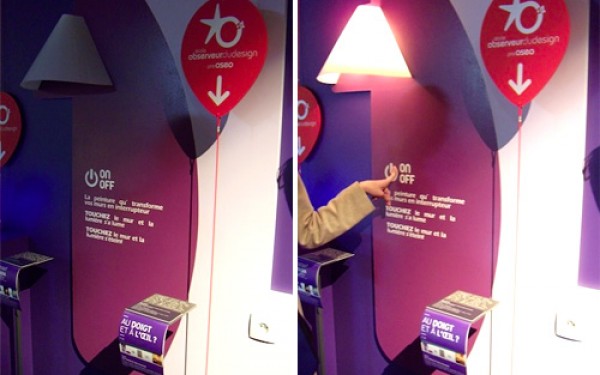What a price on carbon will mean for lighting design
Posted on
March 1st 2011
Posted in
Announcements
The issue of a price on carbon is flavour of the month in Australian politics.
A price on carbon will lead to significant investment in new technologies; no longer will we be able to rely on our 500 year reserve of brown coal in the La Trobe valley. As a country we will need to demonstrate leadership and show the world that here in Australia we have the skills, know-how and policies to thrive in a future which will look very different to today.
But what will this mean for the lighting industry? We will certainly see a greater push towards energy efficiency. Some progress has been made in this area in recent times: the phase-out of the incandescent bulb, energy limitations imposed (somewhat hap-hazzardly) through the Building Code of Australia, the introduction of greenhouse rating schemes. However, we’re surely somewhere close to the bottom of the slope and more can and will be done in the future. The work of the Prime Ministers Task Group on Energy Efficiency is worth as read, especially the Issues Paper written by the Lighting Council of Australia.
We would like to see coherent, Australia-wide, easily understood legislation that governs lighting energy efficiency. We believe that efficiency measures should apply to all kinds of buildings and places (so many loop-holes and exceptions in current regulations). Efficiency is one thing but we believe that it is time to rethink the amount of light we use to light buildings. We’re sure there are plenty of people who would be perfectly happy with half the amount of light in the typical office, that would be happy if their local freeway was unlit in the middle of the night when there is no-body about, that would rather have fluorescent streetlights that actually produce some light than mercury vapour lights which produce minimal light while sucking lots of energy. In short, we think it’s time for a lighting revolution.


